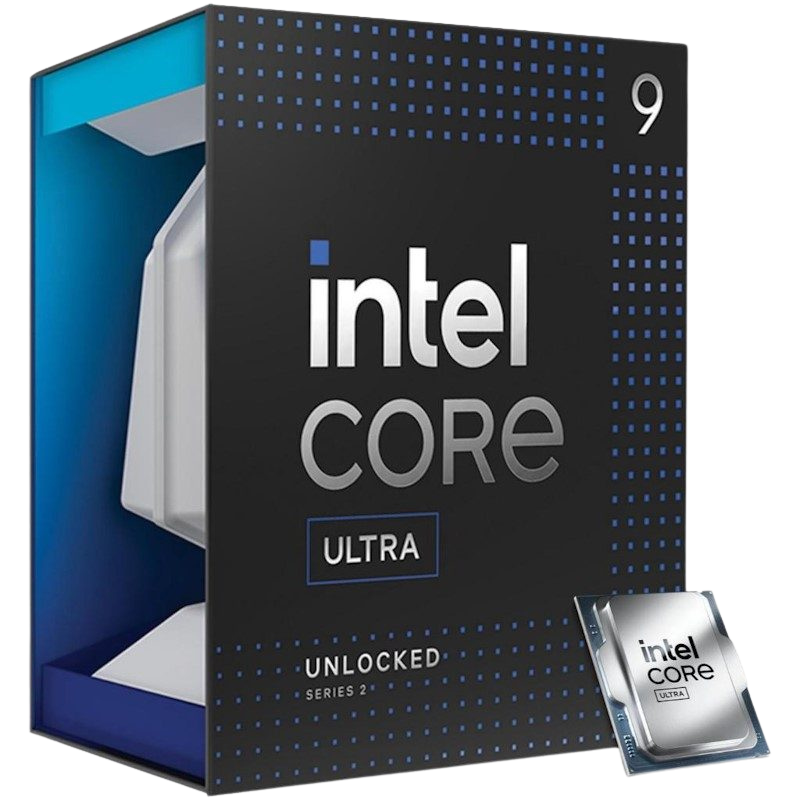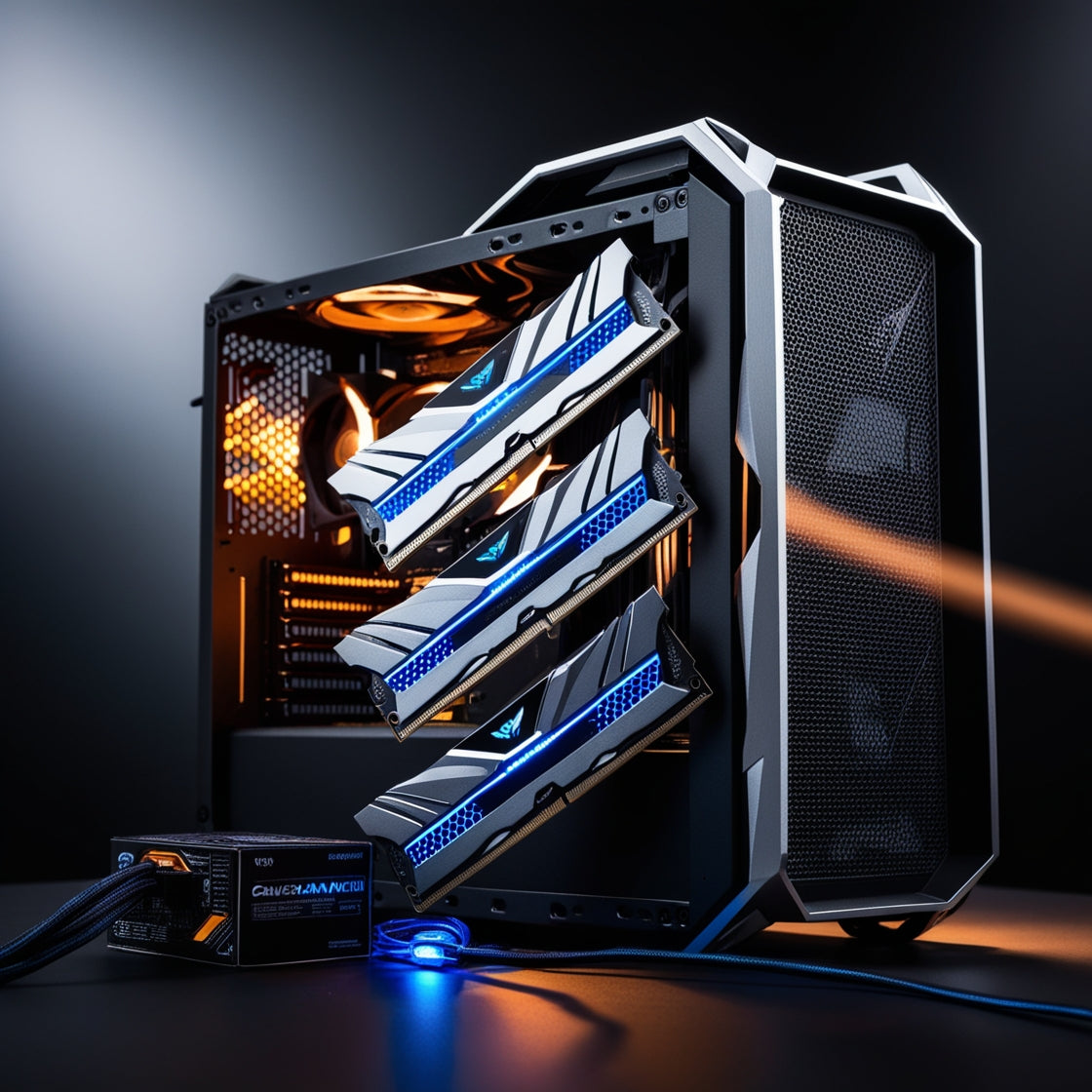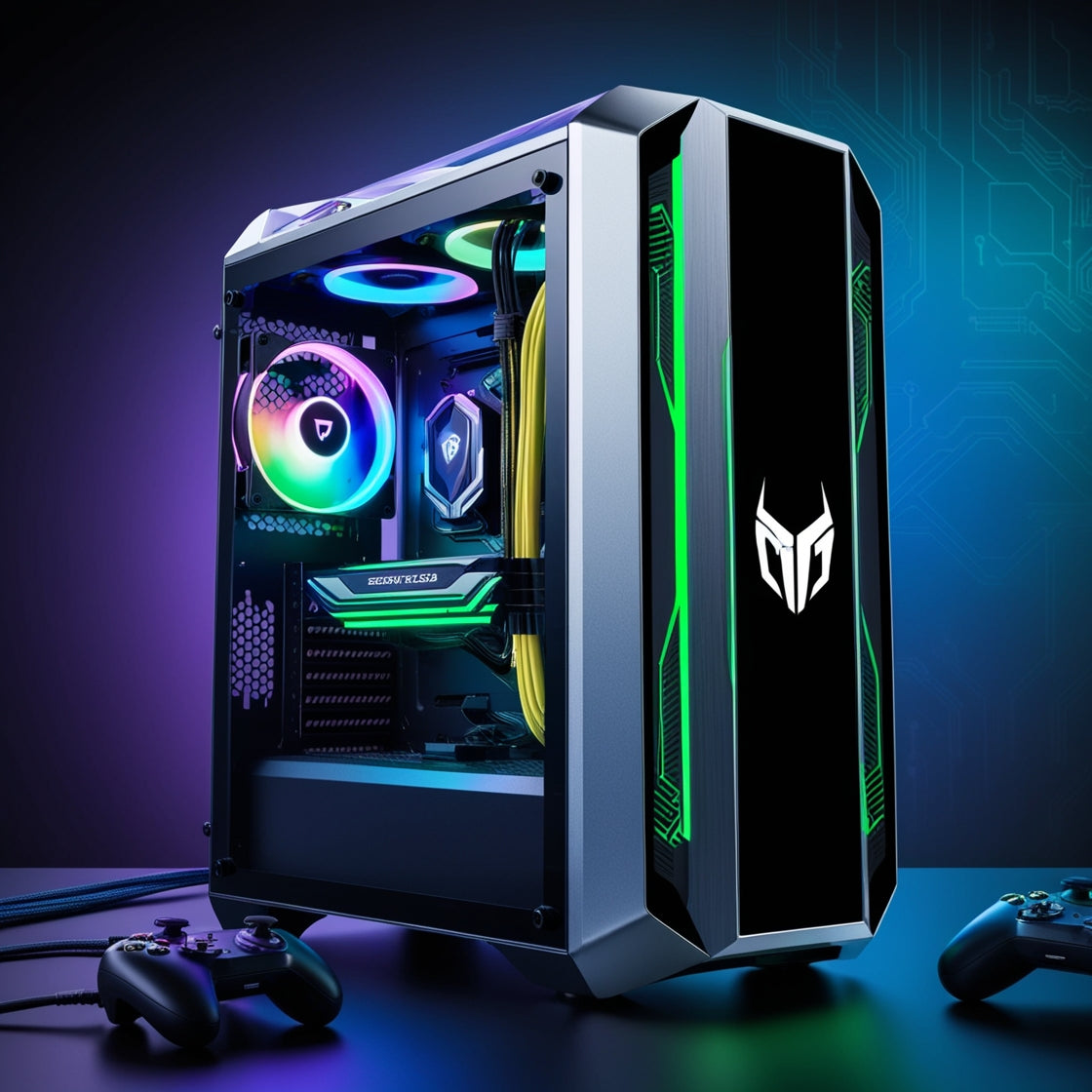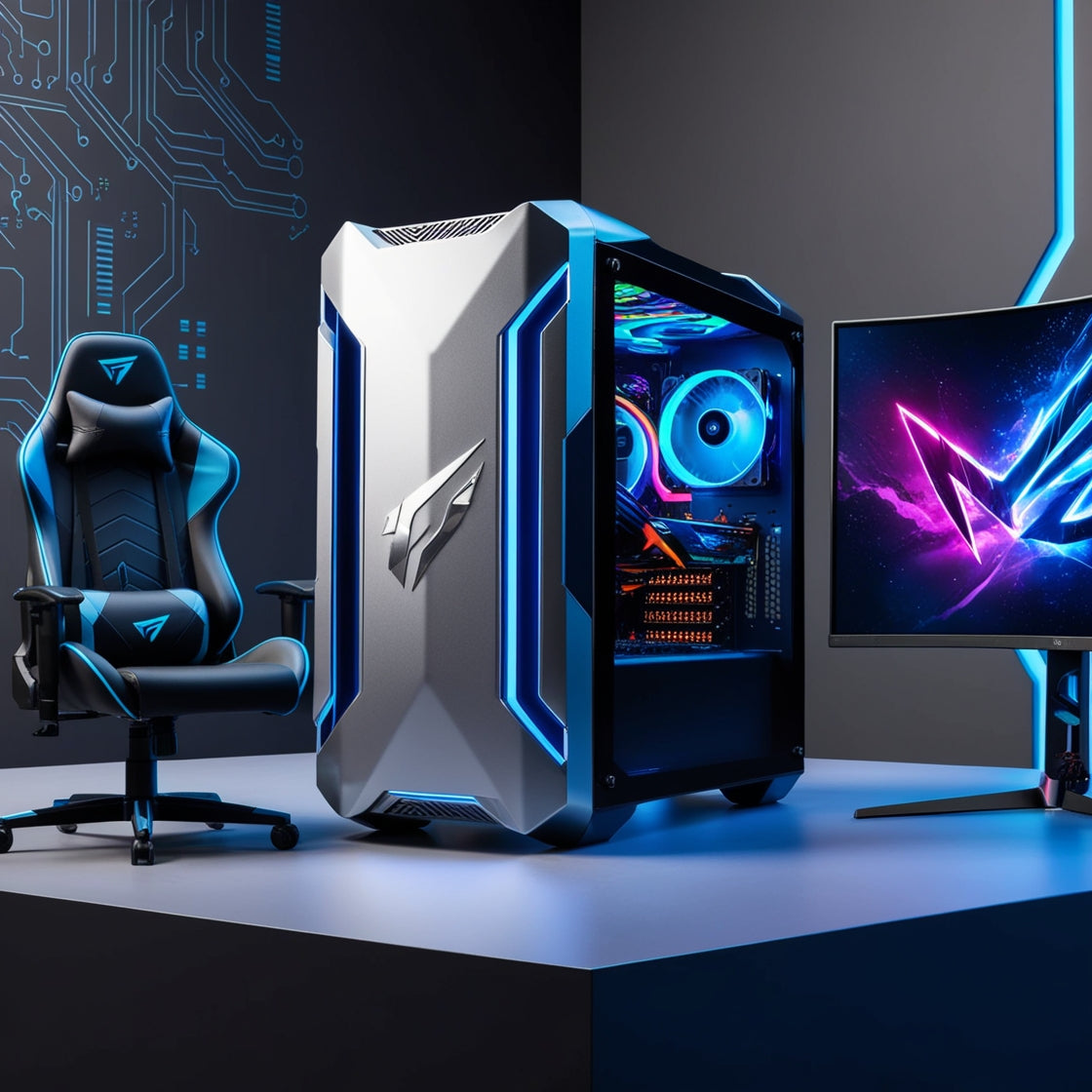
Intel Core Ultra 9 285K 3.7 GHz LGA 1851 Processor
Couldn't load pickup availability
Pickup available at OASIS MOUNTAIN TRADING LLC
Usually ready in 24 hoursPairs well with

Intel Core Ultra 9 285K 3.7 GHz LGA 1851 Processor
If you have any questions, you are always welcome to contact us. We'll get back to you as soon as possible, within 24 hours on weekdays.
-
Shipping Information
Use this text to answer questions in as much detail as possible for your customers.
-
Customer Support
Use this text to answer questions in as much detail as possible for your customers.
-
FAQ’s
Use this text to answer questions in as much detail as possible for your customers.
-
Contact Us
Use this text to answer questions in as much detail as possible for your customers.
Product Description
Description
- Embrace the latest generation of performance with the brand new Intel Core Ultra Series 2 Desktop processors.
- The arrow lake architecture features an improved hybrid architecture incorporating a mixture of high-performance P-Cores and Efficient E-Cores.
- Following the tech industries boom in accelerated artifical inteligence these core ultra series 2 chips boasts a new dedicated NPU offering up 36 TOPS of AI performance, It excels at AI tasks and frees your CPU and GPU up for other tasks.
- The Intel Core Ultra 9 285K boasts 24 cores and 24 threads, it's capable of reaching boost clock speeds of up to 5.7GHz and continues to provide impressive versatlity with support for more and faster DDR5 memory, WiFi 7 connectivity, increased PCIe 5.0 lanes and native support for Thunderbolt 4 and USB 4.0. Be ready for anything with Intel.
What's in the Box

User Manual

650 mm x 150 mm x 165 mm
250 g
Intel |
Intel Core Ultra 9 285K 3.7 GHz LGA 1851 Processor
| General Information | |
|---|---|
Architecture |
|
Socket Type |
|
| Performance | |
Cores |
|
Threads |
|
Base Clock |
|
Max Boost Clock |
|
Cache |
|
Overclockable |
|
| Memory, Expansion & Power | |
Memory Support |
|
Max Memory Capacity |
|
PCIe Support |
|
Integrated Graphics |
|
TDP |
|
Cooling System |
|
Intel Core Ultra 9 285K 3.7 GHz LGA 1851 ProcessorDhs. 2,200.00 | |
|---|---|
| General Information | |
Architecture |
|
Socket Type |
|
| Performance | |
Cores |
|
Threads |
|
Base Clock |
|
Max Boost Clock |
|
Cache |
|
Overclockable |
|
| Memory, Expansion & Power | |
Memory Support |
|
Max Memory Capacity |
|
PCIe Support |
|
Integrated Graphics |
|
TDP |
|
Cooling System |
|
Knowledge Base

Speed Matters More Than Size
While having more RAM can improve performance, there is a limit. If a system already has sufficient RAM for its tasks, adding more won’t necessarily make it faster. The speed (MHz) and latency (CAS) of RAM also play a crucial role in performance.

RAM Enables Multitasking
The more RAM a system has, the more applications it can run simultaneously without slowing down. High-speed RAM (e.g., DDR5) reduces latency and improves performance in gaming, video editing, and heavy computational tasks.

ROM Can Be Updated
Traditional ROM chips were read-only, but modern types like EEPROM (Electrically Erasable Programmable ROM) allow firmware updates. For example, motherboard BIOS updates use EEPROM to improve system compatibility and security.
FAQs
Please read our FAQs page to find out more.
What is Gamenzo.com?
Gamenzo is your ultimate destination for all things gaming in the UAE. We specialize in gaming monitors, PCs, components, accessories, and more—curated for beginners, casual players, and pro gamers alike. Whether you're building your dream setup or upgrading your gear, Gamenzo has you covered.
Are all products on Gamenzo original?
Yes, 100% original, brand-new, and sourced from authorized distributors. We only deal with trusted brands like LG, Philips, PNY, Samsung and more. No grey market or refurbished units—ever.
Do you offer delivery across the UAE?
Yes, we offer fast and reliable delivery across all Emirates. Orders placed before 12 PM are usually shipped the same day, and most are delivered within 1–2 working days.
Is there a warranty on the products?
Yes. All products come with a manufacturer warranty. Warranty durations vary by brand
How can I reach Gamenzo for support or questions?
We're just a click away! You can reach us via:
WhatsApp: Fastest way to get instant answers
Email: info@gamenzo.com
Instagram DMs: @gamenzo.ae
We're gamers too, and we love helping fellow players find the right gear!








